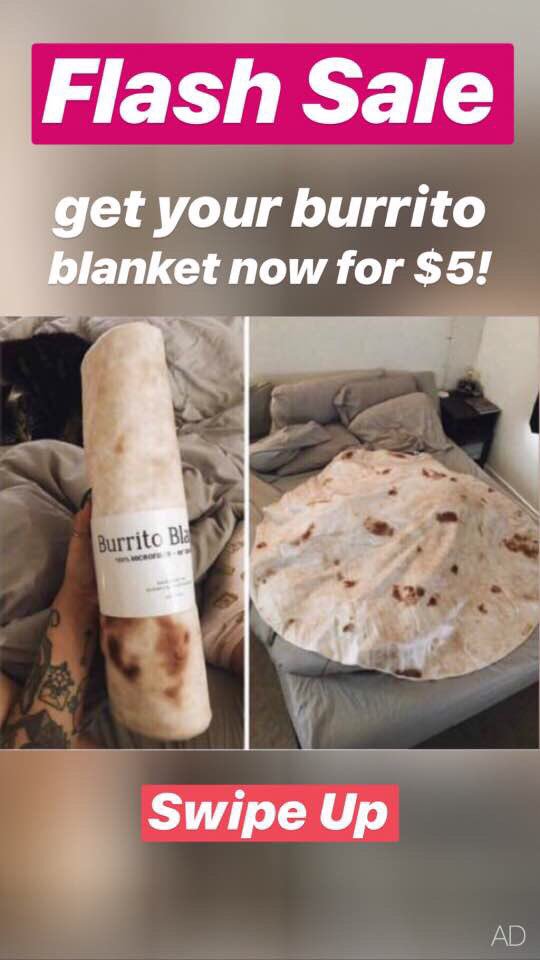Save 50% on a 3-month Digiday+ membership. Ends Dec 5.
Snapchat is quietly cracking down on unsanctioned sponsored content
A change to Snapchat’s community guidelines indicates that the company is shutting down some types of sponsored content on the app.
Earlier this month, Snap quietly added a new clause to its community guidelines. Under a section titled “Impersonation & Spam” is a bullet point that reads: “We prohibit spam and deceptive practices, including content that imitates Snapchat ad formats.”
The change caught the attention of Snapchat users who post sponsored content on the app.
For one creator, who works on a team of six that manages six Snapchat accounts — that together reach more than 2 million people daily — the move finally provided insight into why their and peers’ sponsored posts on Snapchat have been deleted over the last year. For the last few years, the creator has built and managed accounts on Snapchat and makes money through orchestrating brand deals and placing ads for them within those accounts.
Creators previously told Digiday Snap had been deleting their sponsored posts, sometimes with in-app warnings that directed them to the community guidelines. But there was no rule they were clearly violating — until this month.
Snapchat, like other social apps, has allowed creators to promote products and events, as long as they are not illegal, and the deals are disclosed, per Federal Trade Commission guidelines. Its early Snapchat-focused creators like Shaun McBride, also known as Shonduras, frequently orchestrated their own brand deals on Snapchat and made $100,000 per week at time, Time reported in 2014. Some creators now have access to formal monetization opportunities through Snapchat, like a Shopify integration. But unlike on YouTube, Snapchat has stopped short of ad revenue sharing with all creators with big followings.
To make creating on Snapchat worth their while, many creators still orchestrate their own brand deals and make their own sponsored posts. But several creators told Digiday Snapchat has been deleting their sponsored posts. Without direct communication from Snapchat and clear guidelines on how they should be making their own ads, creators say they’re unclear how to move forward.
A Snap spokesperson said the change was made to clarify the company’s existing guidelines and help preserve the integrity of its ad product. Snap doesn’t want its users to think the posts they see within a Snapchat story are official Snap Ads, which would be reviewed by Snapchat’s team, if the posts are in fact not. That’s especially true if the post promoted any illegal or otherwise inappropriate content.
A Snap spokesperson said the company is not preventing creators from monetizing as long as they abide the terms and guidelines. But it’s unclear what the exact restrictions are for how these creators can format their ads.
Here are two examples of sponsored posts for the same product — a burrito blanket — recently taken down by Snapchat, courtesy of the ads’ creator:


One creator said that the post — which includes the word “ad” — is not intended to copy Snapchat but rather to be transparent with the disclosure. The creator said the ads are not made in Snapchat’s ad editor.
The ads of burrito blankets shared above have stayed up on Instagram, where they were also posted, the ad’s creator said. Instagram’s branded content guidelines, which are shared with Facebook, do not mention imitation of Instagram Stories Ads, Instagram’s version of Snap Ads. Instagram’s terms of use simply state users “can’t do anything unlawful, misleading, or fraudulent or for an illegal or unauthorized purpose,” similar to Snap’s policies.
Creators sharing sponsored content on Instagram also have access to the company’s branded content tool. Per Facebook’s guidelines, “all Instagram accounts can post brand content” and can use Instagram’s branded content tool, as of its expanded roll-out in late 2017. There’s no such formalized tool on Snapchat — at least not yet.
“Snapchat is still figuring out their monetization strategy, so the lack of tools does not shock me. We don’t advertise on Snapchat right now as clients aren’t a fit, but I’d care [about the absence of a branded content tool] if we need to advertise and the tools were not at a similar level to other ad platforms,” said a media buyer.
Another media buyer who does advertise on Snapchat said their agency has focused on buying Snap Ads over the last year instead of working directly with creators on Snapchat. The buyer cited the ability to manage reach and targeting with Snap’s ad platform rather than relying on a creator’s insights.
More in Marketing

In Graphic Detail: CMOs at a crossroads of power and proof
CMOs are closing out another year defined by churn and shifting ground.

As Black Friday nears, fake apologies from brands are all over Instagram
Brands have taken to social media in advance of Bliack Friday to ask followers for forgiveness. The catch: They’re apologizing for their products being too good.

Amid economic pressure, brands usher in Black Friday by trimming deals
While some companies are touting “bigger than ever” discounts for Black Friday and Cyber Monday, others are dialing back deals.








